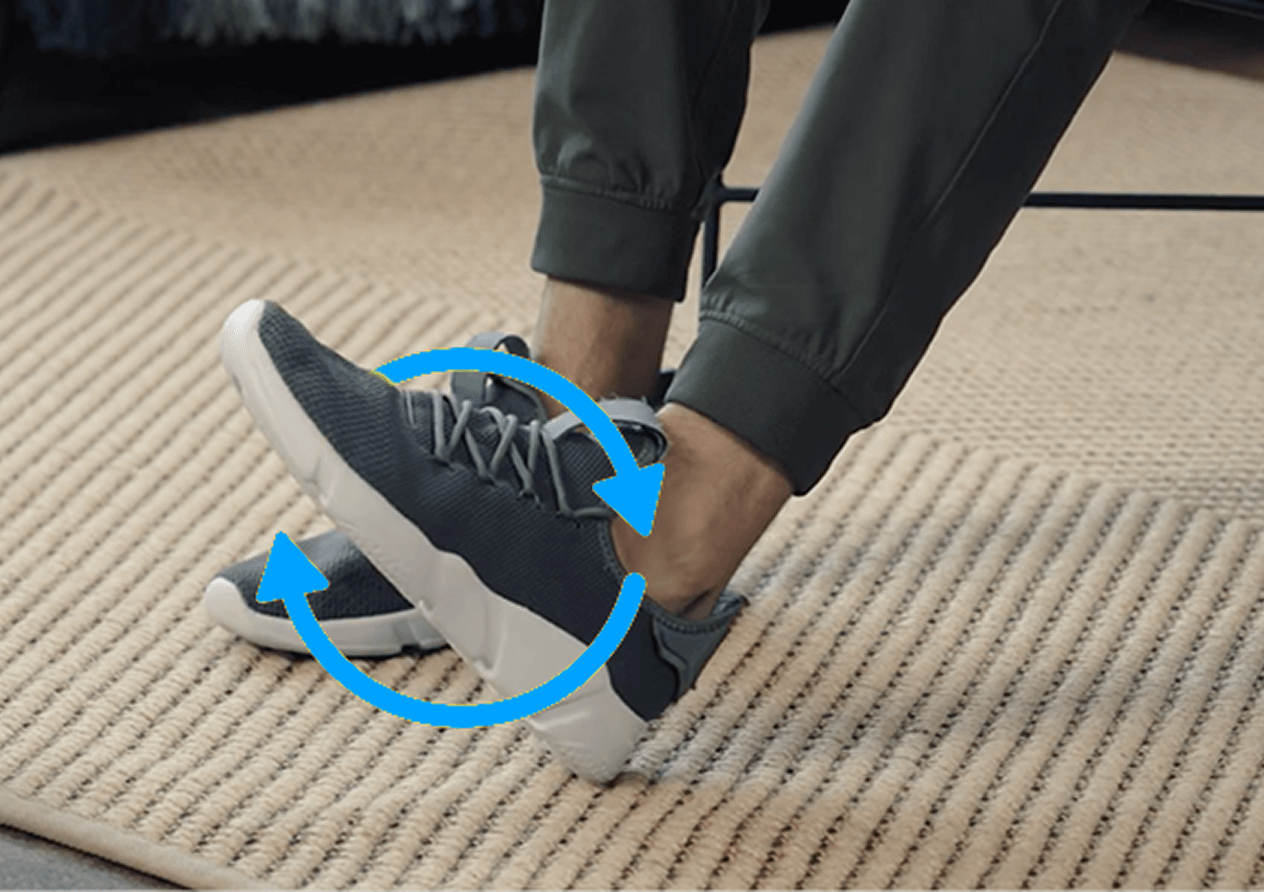Be your strongest, most confident self.
Exercising regularly and eating well can help you feel your best, physically and emotionally—and help you live life on your terms.
Always talk to your care team before starting a new diet or exercise program. Sanofi does not provide medical advice, diagnosis, or treatment. The health information contained herein is provided for general educational purposes only.
Building your workout routine
Moving your body is a great way to build strength and improve your overall health. It can also help preserve your joint health, improving joint stability and reducing the frequency of joint bleeds. No matter your mobility level or hemophilia severity, there are ways to include more movement in your daily routine.

Ankle circles
Step 1: Sit on the ground or in a chair.
Step 2: With your toes raised and heel still on the ground, or with your foot elevated, rotate your ankle in a circle.
Step 3: Do 10 circles in one direction and 10 circles in the opposite direction.
10 reps each direction • 3 sets • Each foot

Make your workouts work better for you.
Choosing safe ways to move
Exercising or playing sports always comes with some risk of bleeds. The risk is lower with non-contact, low-impact activities.
Activities with lower risk
- Elliptical machines
- Golf
- Hiking
- Rowing
- Stationary cycling
- Swimming
- Tai Chi
- Walking
Learn more in the NBDF’s Playing it Safe.

Getting the right nutrients
For people living with hemophilia, the right diet can also help maintain iron levels. Iron is lost with each bleed, and losing too much iron can lead to anemia. Keeping iron levels high means eating healthy, iron-rich foods as well as foods high in vitamin C, which can help absorb iron, including:
Lean meats
Leafy green vegetables like spinach
Legumes like beans and lentils
Citrus fruits like oranges or grapefruits
Cruciferous vegetables like broccoli
Seafood









